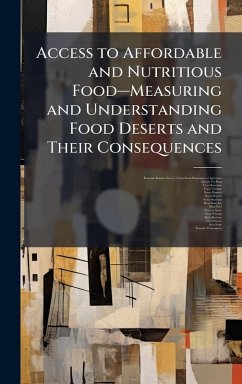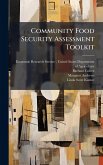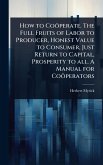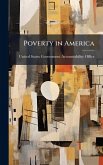This report fills a request for a study of food deserts-areas with limited access to affordable and nutritious food-from the Food, Conservation, and Energy Act of 2008. The report summarizes findings of a national-level assessment of the extent and characteristics of food deserts, analysis of the consequences of food deserts, lessons learned from related Federal programs, and a discussion of policy options for alleviating the effects of food deserts. Overall, findings show that a small percentage of consumers are constrained in their ability to access affordable nutritious food because they live far from a supermarket or large grocery store and do not have easy access to transportation. This work has been selected by scholars as being culturally important, and is part of the knowledge base of civilization as we know it. This work was reproduced from the original artifact, and remains as true to the original work as possible. Therefore, you will see the original copyright references, library stamps (as most of these works have been housed in our most important libraries around the world), and other notations in the work. This work is in the public domain in the United States of America, and possibly other nations. Within the United States, you may freely copy and distribute this work, as no entity (individual or corporate) has a copyright on the body of the work. As a reproduction of a historical artifact, this work may contain missing or blurred pages, poor pictures, errant marks, etc. Scholars believe, and we concur, that this work is important enough to be preserved, reproduced, and made generally available to the public. We appreciate your support of the preservation process, and thank you for being an important part of keeping this knowledge alive and relevant.
Bitte wählen Sie Ihr Anliegen aus.
Rechnungen
Retourenschein anfordern
Bestellstatus
Storno








